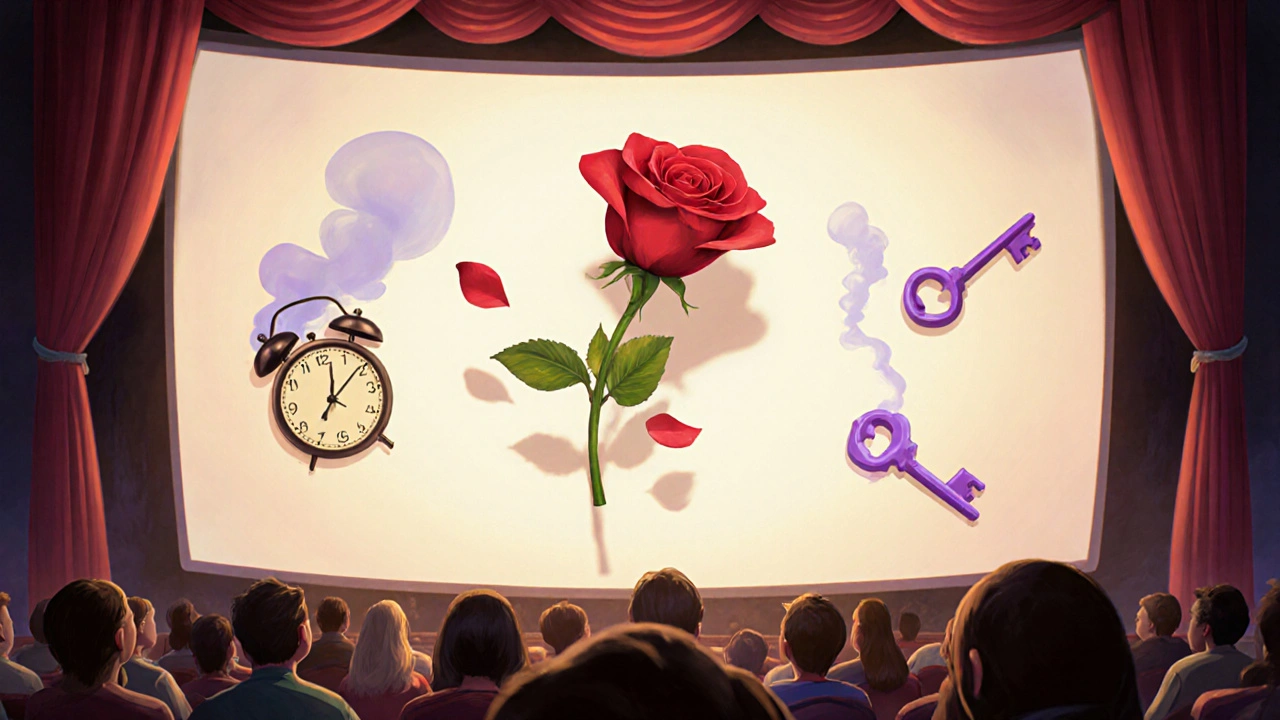Auditory Signs in Film: How Sound Shapes Meaning and Emotion
When you hear a door creak in the middle of a quiet scene, your body tenses before you even see what’s behind it. That’s not luck—it’s auditory signs in film, the deliberate use of sound to convey meaning, mood, or foreshadowing beyond what’s visible on screen. Also known as sound symbolism, these cues are the invisible scriptwriters of cinema—working behind the scenes to make you feel fear, nostalgia, hope, or dread without ever showing you why.
Think about the way a child’s laughter echoes in a horror film, or how the hum of a refrigerator becomes unnerving in a thriller. These aren’t random noises—they’re carefully chosen film sound design, the art of crafting and layering audio elements to support narrative and emotional arcs. It’s not just about volume or clarity; it’s about timing, texture, and contrast. A single dropped spoon in a silent room can carry more weight than a gunshot. And when a character walks through a crowded street but you only hear their breathing? That’s audio storytelling, using sound to reveal inner states when dialogue fails. These techniques aren’t new, but they’re often overlooked. Most people remember the visuals. The smart ones remember the silence between the beats.
What makes auditory signs so powerful is how deeply they tap into human instinct. We evolved to read sounds before we learned to read words. A footstep behind you, a whisper in the dark, the sudden stop of music—these trigger primal responses. Filmmakers know this. That’s why the best scenes don’t rely on dialogue to tell you how to feel. They let the sound do it. In action sound design, a punch doesn’t just hit—it vibrates through your chest. In cognitive film theory, your brain fills in the gaps between sounds to build tension, even when nothing’s on screen. And in accessible criticism, writers are starting to describe these sounds so blind and low-vision audiences can experience the full emotional weight of a scene.
You’ll find all this in the posts below. From how a single wind chime can signal tragedy to why some films use silence as a weapon, these articles break down the hidden language of sound. No theory jargon. No fluff. Just real examples from real films—and the people who make them. Whether you’re a filmmaker, a cinephile, or just someone who gets chills when a door closes too slowly, you’ll walk away seeing movies differently. The next time you watch a film, turn the volume up. Then turn it off. Listen to what’s missing. That’s where the story really lives.
Semiotics in cinema reveals how images, sounds, and colors create meaning beyond the plot. Learn how iconic, indexical, and symbolic signs shape your emotional response to films-and why this ancient theory still matters today.
View More

